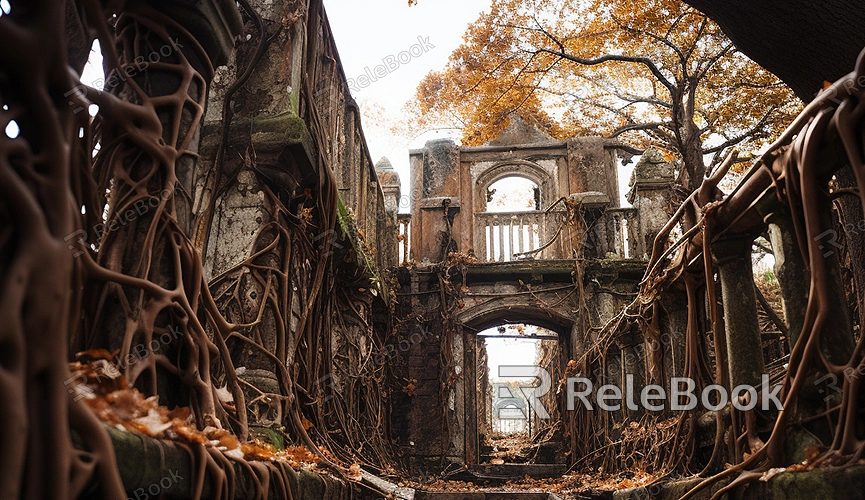Game Scene Modeling in Maya
Modeling game scenes in Maya can be quite enjoyable. Game scene modeling involves balancing visual effects and performance. When creating game scenes with realistic and visually appealing rendering effects, there are key details and considerations to ensure that your scenes perform well in game engines. Here are some essential details and tips for your game scene modeling process:

1. Scene Planning: Before starting the modeling process, plan the design of the scene. Clearly define the scene's theme, layout, elements, and how they will be used in the game.
2. Low-Poly Models: Optimize performance by using low-polygon models. Avoid overly refining details during modeling, especially for objects in the distance.
3. Use Instancing: For repetitive elements like trees, rocks, etc., utilize Maya's instancing feature to reduce polygon count and improve performance.
4. Merge and Texture Consolidation: Merge adjacent objects to reduce render calls. Also, merge objects sharing the same 3D texture to minimize texture memory usage.
5. UV Unwrapping: Ensure proper UV unwrapping for each model to ensure correct mapping of texture maps, reducing distortion during rendering and improving graphic quality.
6. Shaders and Materials: Use appropriate shaders and materials. In games, the Physically Based Rendering (PBR) material system is commonly used for more realistic lighting effects.
7. Lighting: Use lighting cautiously, employing a minimal number of dynamic light sources. Dynamic lighting in game engines can impact performance, so balance visual effects with performance requirements. High-quality HDRI lighting can be obtained from Relebook.
8. LOD (Level of Detail): Create LOD models for objects at different distances to use lower-detail models when objects are far from the player, improving performance.
9. Collision Bodies: Create appropriate collision bodies for scene objects to achieve accurate collision detection in the game. Use simplified geometric shapes like boxes or spheres to enhance performance.
10. Consider Pipelines: Understand the requirements and pipelines of the game engine. Different engines may have distinct specifications and optimization techniques.
11. Texture Resolutions: Control the resolution of textures, especially for distant objects. Use appropriate resolutions to balance visual effects and performance.
12. Model Scale and Unit Consistency: Use consistent scale and units to ensure all elements in the scene exist in the correct proportion. This helps avoid strange scaling issues in the game.
13. Testing and Optimization: Regularly test and optimize during the construction process. Utilize performance analysis tools provided by game engines to assess model rendering performance and make necessary adjustments.
14. Documentation: Document details, materials, and texture information for the models. This documentation is helpful for collaboration with other team members and for future maintenance and modifications.

